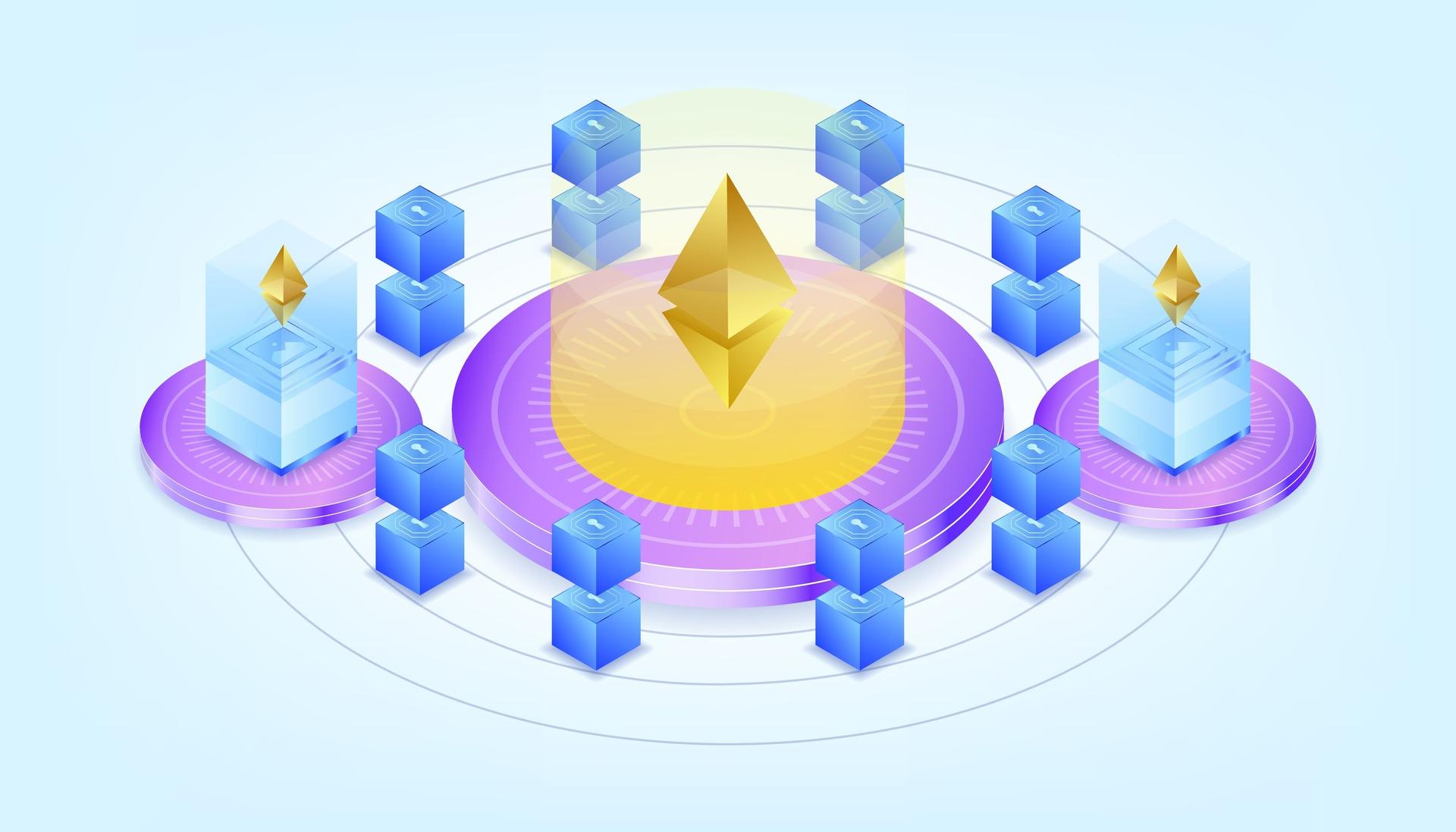Published August 15, 2022

With the rise of non-fungible tokens (NFTs) and blockchain games, there are now several different standards for representing unique digital objects on a blockchain. Ethereum was the pioneer in the NFT space and is still one of the most widely used blockchain platform for creating and launching NFTs. For example, take ERC-721 or ERC-1155. Note, while there are other standards as well, these are the ones used for the vast majority of the use cases. Both of these standards were created to support specific use cases related to NFTs, but they are not an “either/or” situation. They both serve different purposes and should be used where it makes sense. The good news is that this fragmentation of standards actually is a positive thing. When you look at other spaces that have experienced similar levels of tokenization (e.g., asset-backed securities), fragmented standards usually indicate healthy growth and innovation in that market segment. This article will explain why we’re seeing multiple NFT standards on Ethereum, what the pros and cons of those different standards are, and which ones we think will have staying power moving forward. We will tackle NFTs on additional blockchain platforms in future blog articles.
What is a Non-Fungible Token (NFT)?
As a reminder, a non-fungible token (NFT) is a digital asset that is unique and therefore cannot be interchanged with other tokens of the same type. Unlike a token that is fungible, like bitcoin or ether, ownership of an NFT token is not interchangeable with any other token of the same type. Instead, each token is unique, just like a physical object would be. A token that is not fungible can still be used as a currency and carry a value, but its uniqueness makes it unsuitable for use in situations where there would otherwise be an expectation of uniformity or fungibility. For example, the ownership of different pieces of art is not interchangeable, so they would all be considered non-fungible tokens.
ERC-721: The Basics
The ERC-721 standard was created by Axiom Zen in 2017 as a token standard to enable the creation and tracking of non-fungible tokens (NFTs) (you may have heard of Cryptokitties!) on the Ethereum blockchain. The standard itself is open source, and additional information can be found on the Ethereum website. The ERC-721 standard allows the creation and tracking of unique, non-fungible tokens (NFTs) on the Ethereum blockchain.
ERC-721 Problems and Limitations
The main problem with the ERC-721 standard is that many real-world use cases require a combination of Non-Fungible and Fungible capabilities. In addition, in ERC-721 systems, you must create individual NFT transactions if you want to send multiple NFTs. Because of this, the blockchain network may become overloaded, leading to congestion, higher transaction costs, and longer times.
ERC-1155: An Improvement Over ERC-721
The ERC-1155 standard was created by the team behind Enjin Coin as a token standard to enable the creation and tracking multiple token types in the same contract. Non-fungible or other tokens may be included in a single deployed contract as part of a standardized smart contract interface to manage multiple token types. The ERC-1155 token can be used to achieve the same objectives as an ERC-20 or ERC-721 token, or even both at the same time. Improving the functionality of both standards, making them more efficient, and correcting obvious errors on the ERC-20 and ERC-721 standards is one of the best parts of the ERC-1155 standard. The standard itself is open source, and additional information can be found on the Ethereum website.
ERC-1155 Benefits
In addition to being able to support multiple token types within the same contract, another significant advantage is that ERC-1155 also allows batch transfers of tokens, which can significantly reduce transaction costs and times. The ERC-1155 standard attempts to address some of the problems associated with the ERC-721 standard by limiting the information that can be accessed by a given address and by allowing the owner of a token to specify what information is made available to others. Limited Access to Token Data: The ERC-1155 standard includes a mechanism that allows an owner of a token to limit the information that can be accessed by a given address. This allows the token owner to be selective about who has access to certain information about the tokens they own.
Where Will We See the Most Growth?
The ERC-1155 standard is fast becoming popular because of its inexpensive gas fees and speedy transactions, but ERC-721 will also continue to be a part of the ecosystem with many valid use cases. ERC-721 and ERC-20 are suitable for releasing non-fungible and fungible tokens, respectively. The ERC-1155 standard is suitable for releasing multiple tokens at once, as well as the ability to include both fungible and non-fungible tokens, but it may store less comprehensive data to save time and money. Because of this, ERC-1155 standards will continue to increase in the future for releasing collections of tokens, as will traditional standards such as ERC-721 for individual tokens.
Final Words: It’s a Good Thing
All of this is to say that the creation of so many different standards for the creation and tracking of non-fungible tokens is actually a positive thing. When you look at other spaces that have experienced similar levels of tokenization (e.g., asset-backed securities), fragmented standards usually indicate healthy growth and innovation in that market segment. When it comes to non-fungible tokens and the standards that support them, we’re seeing healthy innovation and growth. The various standards are all trying to solve different problems and appeal to different use cases. This is a healthy situation that will ultimately be beneficial for the industry as a whole.



